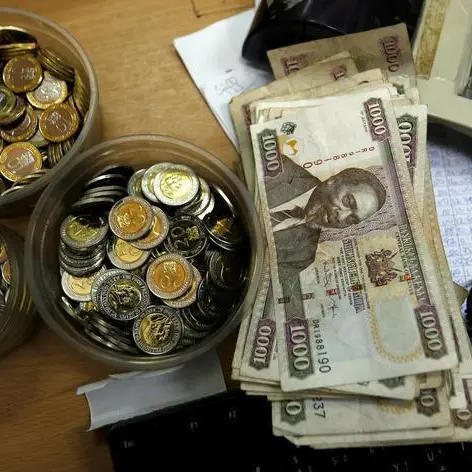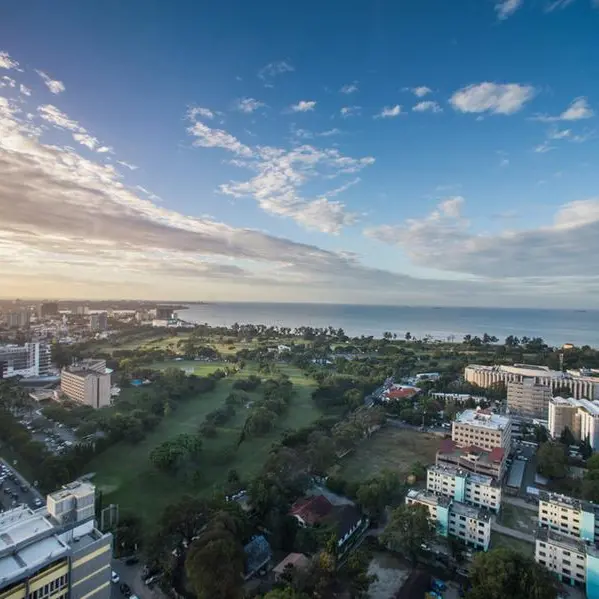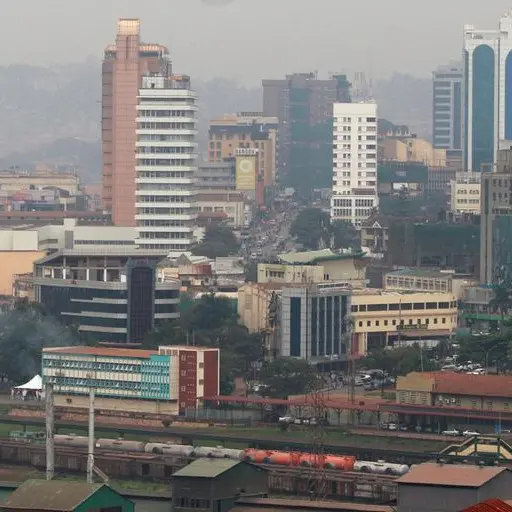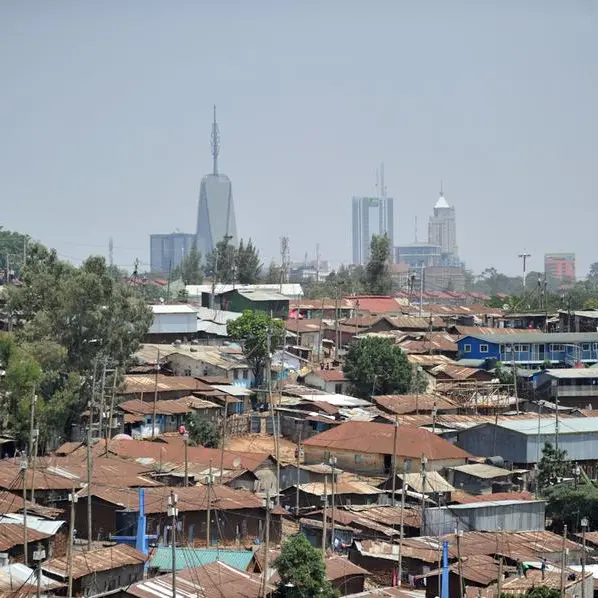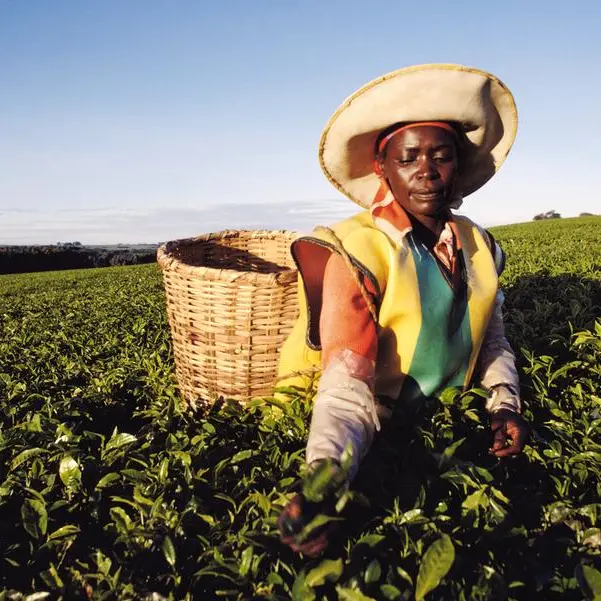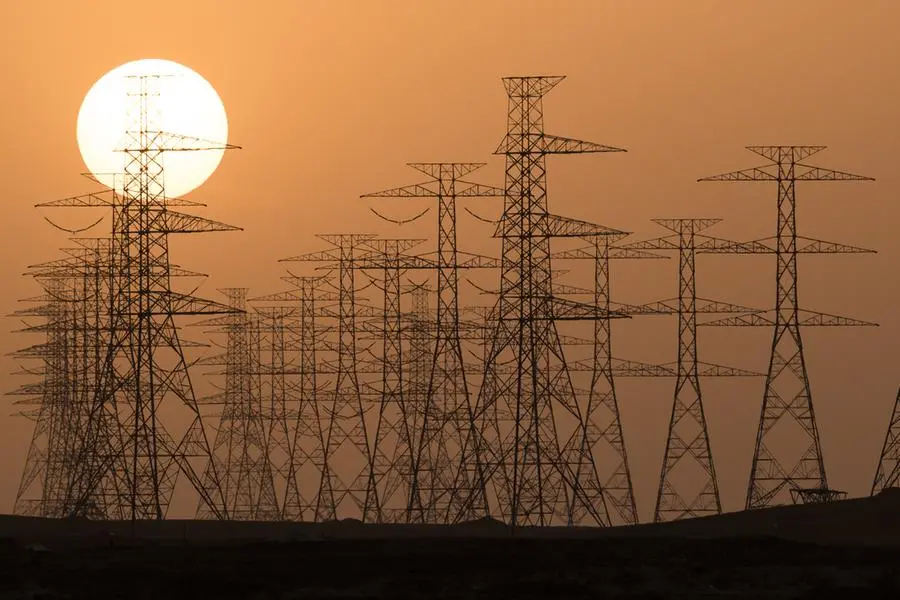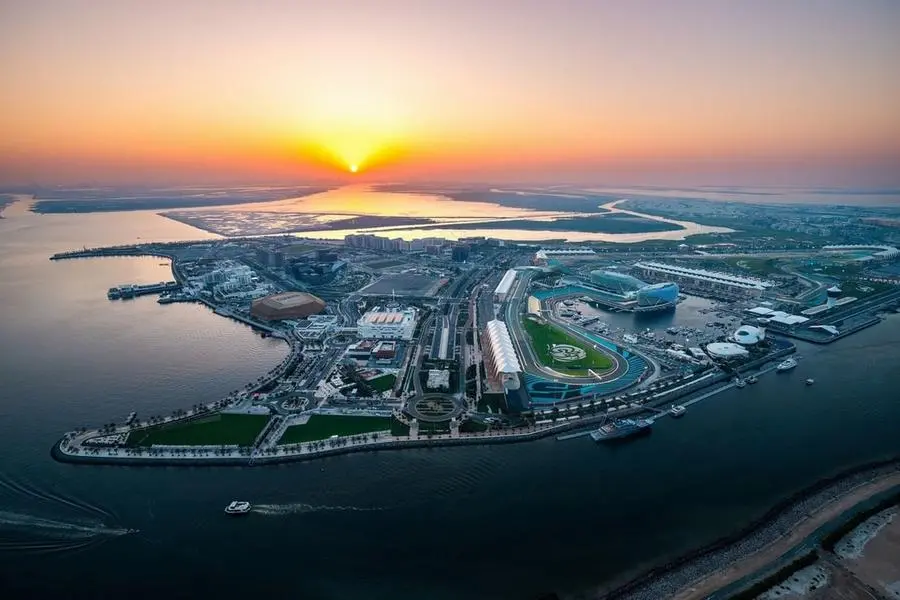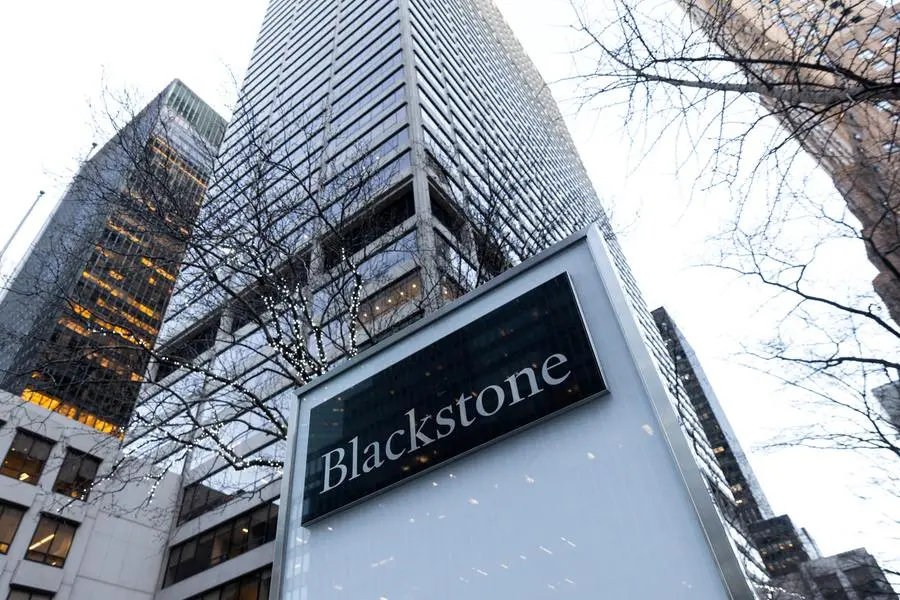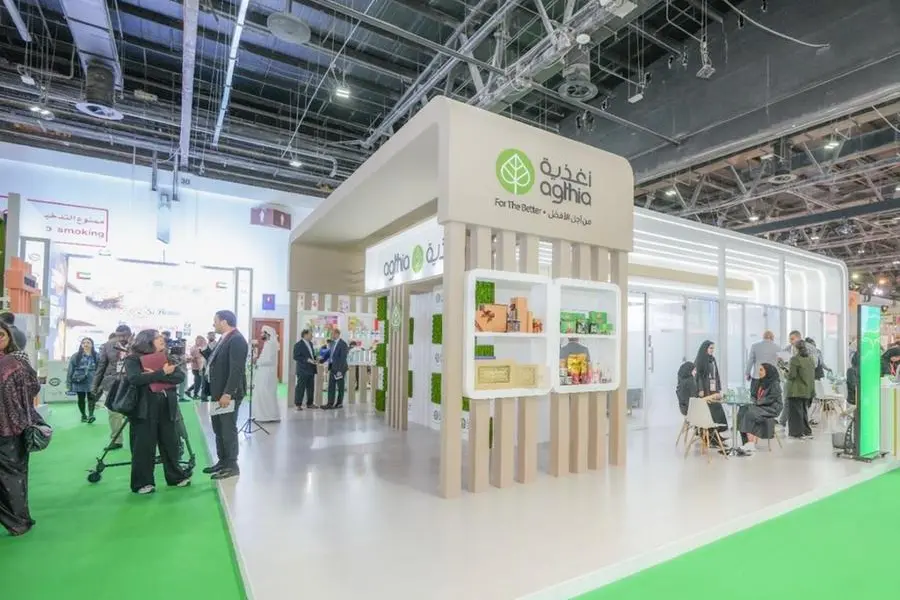PHOTO
The Kingdom Tower is seen in Central Riyadh, Saudi Arabia. Image used for illustrative purpose.
Saudi Arabia has announced a significant narrowing of the government budget deficit to $2 billion (0.3% of full-year GDP) in the first quarter of this year from $29 billion in the fourth quarter and $9 billion in the first quarter of 2020, according to top ratings agency Moody's.
Although this improvement was largely driven by higher oil prices and a large seasonal drop in spending, the budget performance figures also reveal a structural improvement evident in the decline in the non-oil fiscal deficit to the lowest level in more than six years, a credit positive, it stated.
The structural improvement was mainly a result of the tripling of the value added tax (VAT) rate to 15% last July and a nearly 50% cut in capital expenditure so far this year, in line with the approved 2021 budget.
The structural improvement reduces the fiscal exposure to fluctuations in global oil demand and prices. If sustained, it will also help reverse part of the fiscal deterioration that took place last year as a result of the coronavirus shock and arrest a further significant deterioration in the government's balance sheet, it added.
According to Moodys, Saudi Arabia's public finances remain highly sensitive to fluctuations in the oil price as oil revenues continue to account for more than a half of total revenues, although this is down from an average of more than 70% in 2014-18.
As a result, the increase in the price of crude oil to an average of $61/barrel in January-March from $44.5/barrel in October-December last year has led to a significant increase in government oil revenue, which – despite a 6% cut in average daily oil production – increased 21% compared to the last quarter of 2020.
A seasonal drop in spending, which tends to be the highest in the last quarter of the year and the lowest in the first quarter of the year, also drove the fiscal improvement in the first quarter.
Both of these factors have reduced the quarterly fiscal deficit to one of the lowest on record in the past six years, bested only by a $7 billion surplus in the first quarter of 2019, when the government received a large “special” dividend from the national oil company, Saudi Aramco (A1 negative)....although recent reform measures have reduced the vulnerability.
However, the first quarter fiscal performance figures also reveal a structural improvement stemming from the fiscal reforms and consolidation measures undertaken by the government in response to the coronavirus shock, said the report by Moody's.
These reforms and measures help to reduce vulnerability of public finances to oil price declines. This first measure was the tripling of the VAT rate to 15% in July last year, which more than offset declines in other tax revenue from the contraction in non-oil GDP.
As a result non-oil revenue increased to 11.3% of non-oil GDP in 2020 from 10.9% in 2019 and was more than double the 4.8% figure reported in 2017, the year before the VAT was introduced.
The second is the decision by the government to stick to the spending cuts outlined in the version of the medium-term Fiscal Balance Program (FBP), which was approved before the pandemic.
According the approved 2021 budget, which was drafted in line with the prepandemic FBP, the government aims to reduce overall spending this year by 8% relative to the actual spending in 2020.
Two-thirds of this reduction is budgeted to come from lower capital spending, which is targeted to be cut by 35% this year relative to the 2020 outcome, dropping to the lowest level since 2006.
Over the years, the government has often used capital spending to accommodate revenue shocks (as it did in 2015 and 2016) or to accommodate other spending priorities (as it did in 2019 and 2020).-TradeArabia News Service
Copyright 2021 Al Hilal Publishing and Marketing Group Provided by SyndiGate Media Inc. (Syndigate.info).
Disclaimer: The content of this article is syndicated or provided to this website from an external third party provider. We are not responsible for, and do not control, such external websites, entities, applications or media publishers. The body of the text is provided on an “as is” and “as available” basis and has not been edited in any way. Neither we nor our affiliates guarantee the accuracy of or endorse the views or opinions expressed in this article. Read our full disclaimer policy here.

